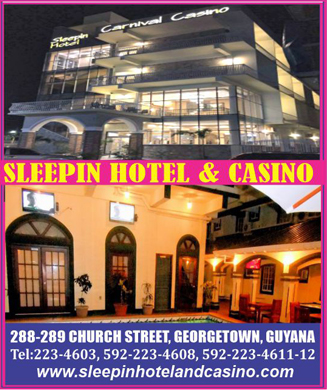WE are all aware of the saying: “As the grass is growing the horse is starving.” In our case the talking continues while we are awaiting starvation. This might sound dramatic, but such is the scenario at the Council on Trade and Economic Development (COTED) of CARICOM.
I first became involved with this body about 20 years ago and parted company a little while ago feeling very frustrated with their non-performance. COTED is just a talk shop.
The important issue of Food Security has always been on the agenda and actions promised, as is now the case, where a committee has been formed to look at same. It will be great if Mr. Irwin La Rocque gets someone to check the files to see what studies have been done and he will find lots of them.
There is no great will by any of the politicians to see this done as we all know this issue is a long term one and we all know most times they are busy trying to stay in power while there is no positive steps in this area resulting in the big commercial companies getting bigger and bigger while the price of food and fuel continues to get higher.
It’s a known fact that the world’s population is increasing at an alarming rate and, if anything, less land is available for production.
As it is presently, Guyana is blessed with a big land mass and is capable of producing a variety of crops.
It’s a known fact that the three factors of production are land, labour and capital.
As I said, the land and labour are available but there is no finance.
Presently, there are two approaches made by Ansa McAl and the Trinidad and Tobago government to carry out production here in Guyana. Both are good initiatives and if executed properly can be successful.
Hopefully, the plan by the T&T government will be to produce a variety of crops including soya bean, corn, meat, fish, etc, and Ansa will be producing bio-fuel.
Bio-fuel production will have to be done wholly by Ansa because of the huge investment and complicated nature of the process.
The Trinidad and Tobago government on the other hand can achieve their objective by identifying the volume of the different products to be produced and obtain from the Government of Guyana the amount of land it will need to produce same.
Finance is then provided to develop the necessary infrastructure including land development and processing equipment.
This, having been done, the facilities will then be rented out to private individuals or companies to execute production.
This system will enable the participation of the private sector of the region, and will be more efficient.
Using this model, either the whole region can participate together or in separate projects.



.jpg)








